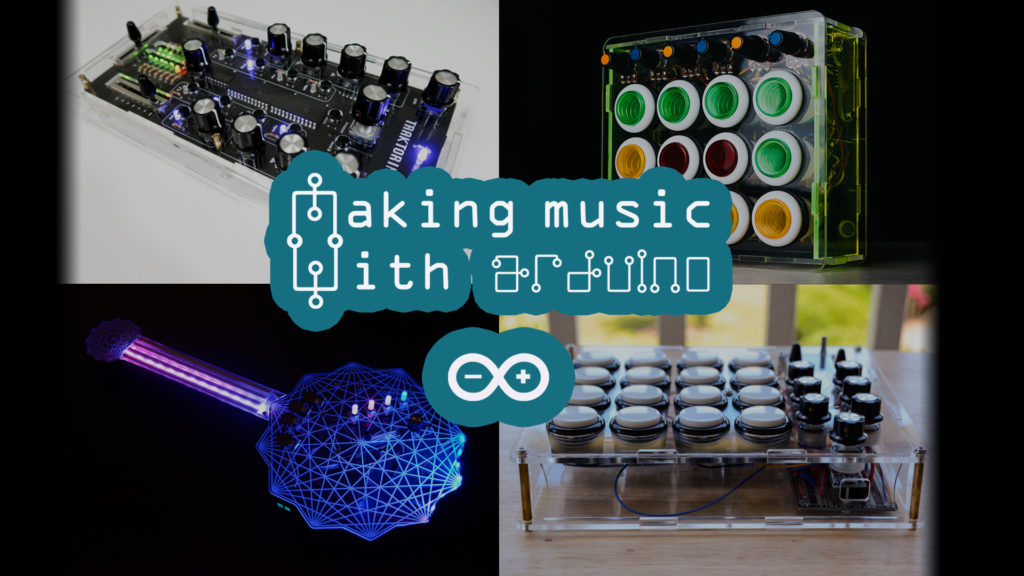Introduction
“Which Arduino is best?”, that’s a question I get a lot! So, I decided to make this video so I can help you choose the best Arduino for your DIY MIDI controllers, actually, tell you my five favorite!
When looking for an Arduino for your MIDI controller you should think about MIDI-class compliant capability; number of components; and if you want it to be a prototype or a final product.
Which Arduino to choose?
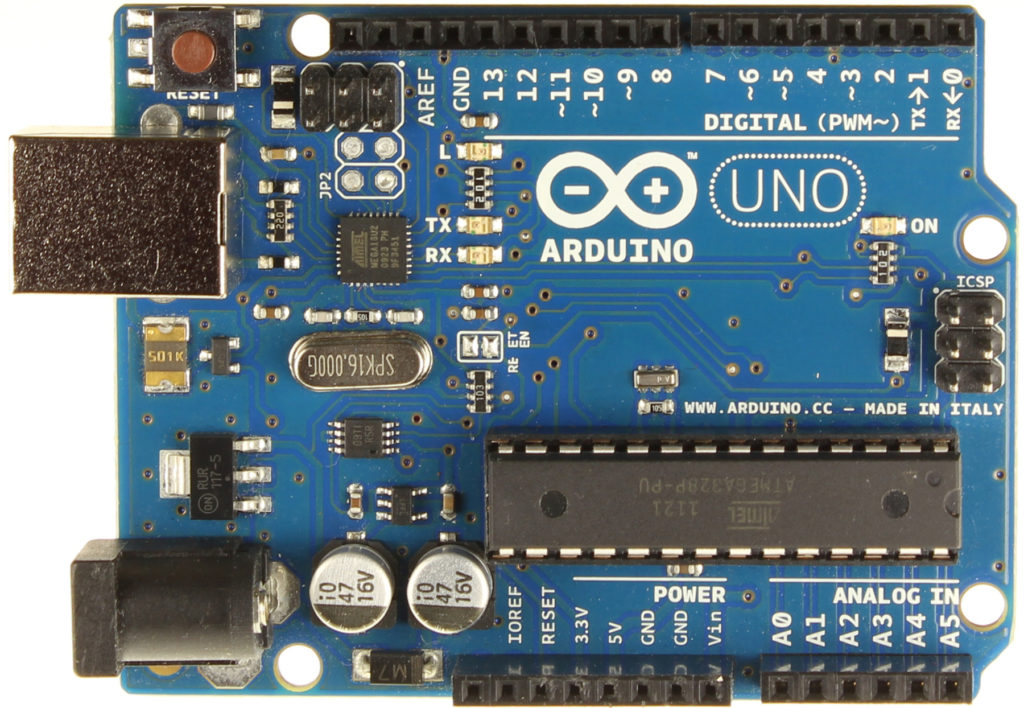
Arduino Uno 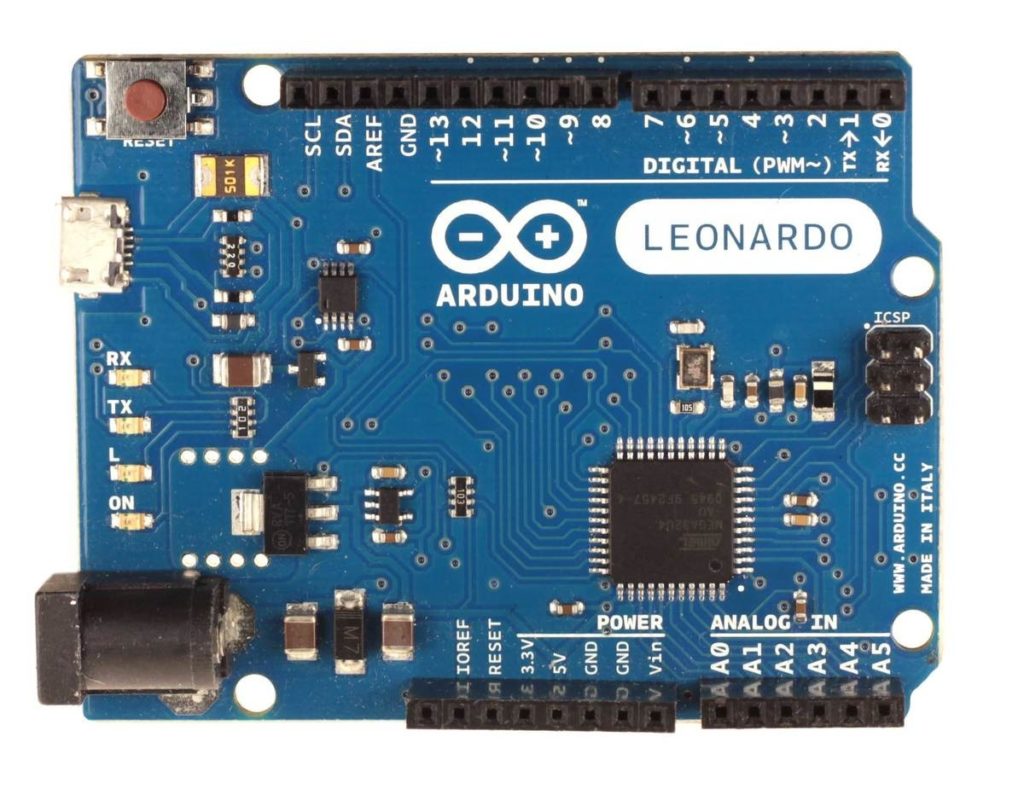
Arduino Leonardo 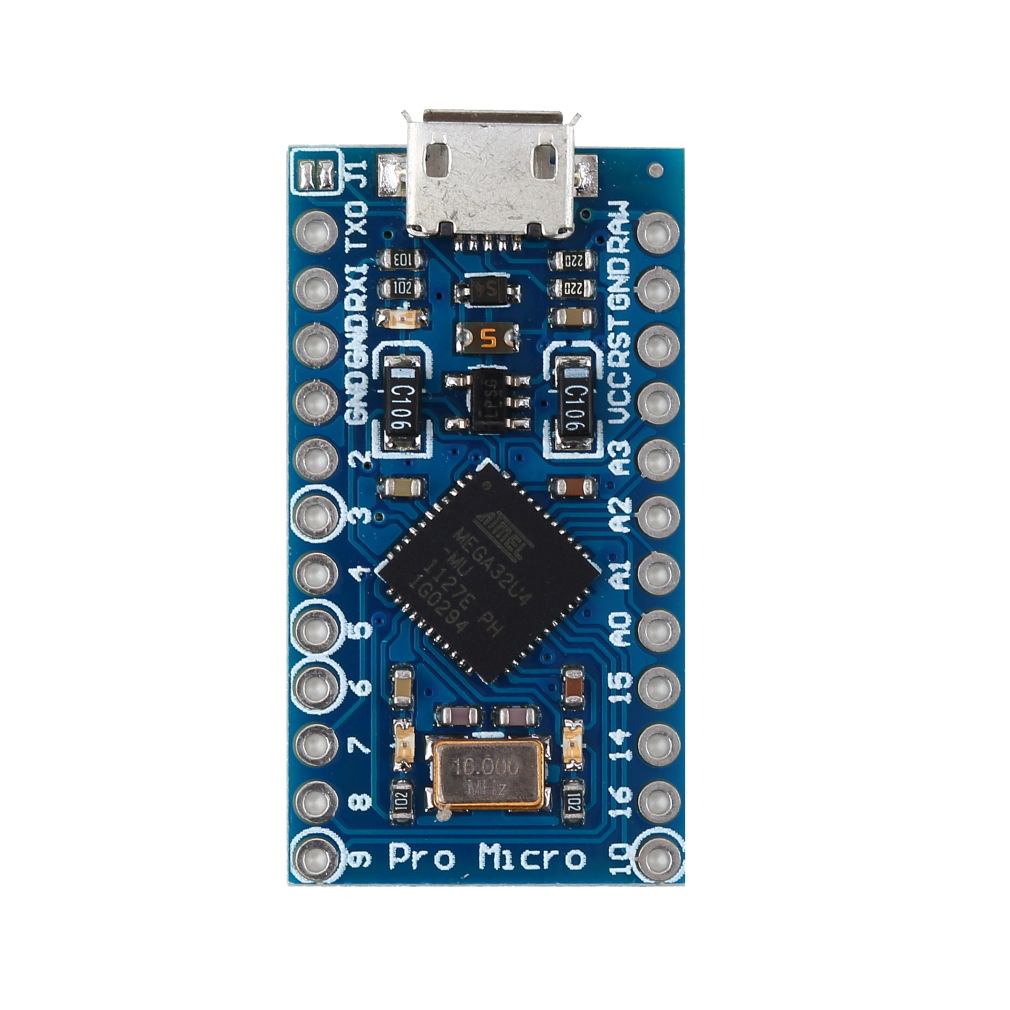
Arduino Pro Micro 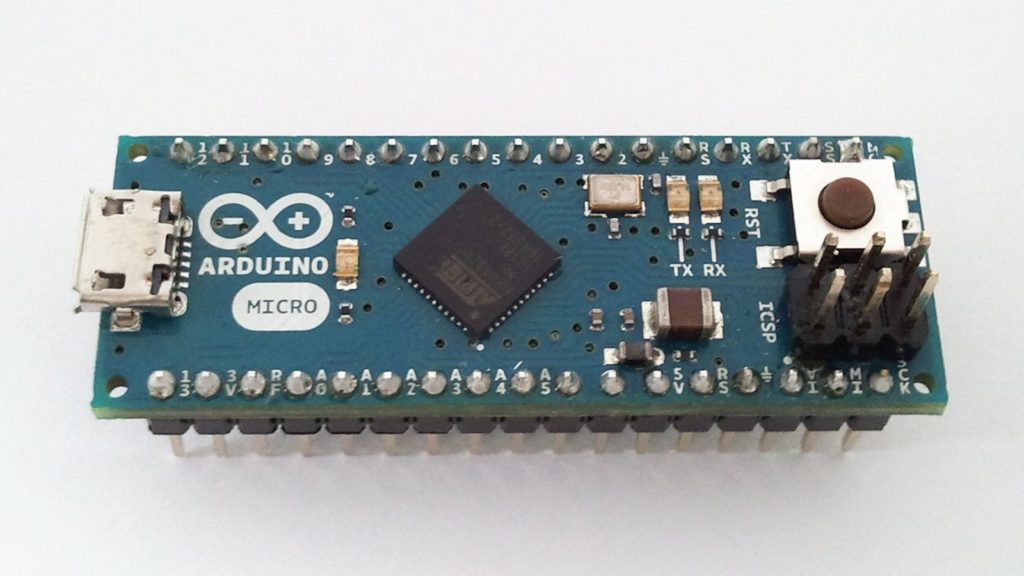
Arduino Micro 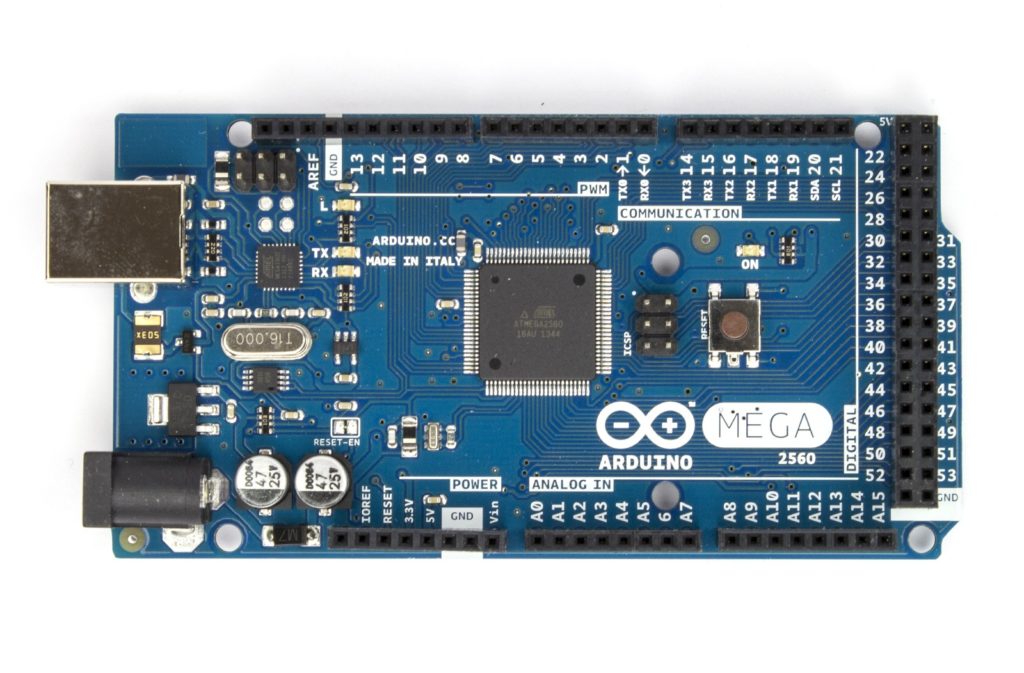
Arduino Mega 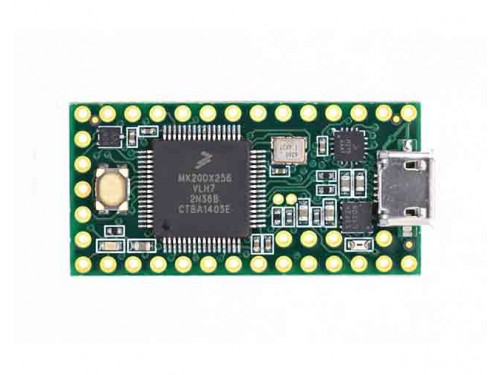
Teensy LC
Those are the main things you need think about before choosing an Arduino: Number of components, portability and MIDI-class compliant capability.
MIDI Class-Compliant: For a MIDI controller choose an Arduino that can be MIDI class compliant – plug and play. Any Arduino with an ATmega16U2 and ATmega32U4.
ATmega16U2: present in some Arduino Uno and Mega – they will need some extra jack to make it MIDI class compliant.
ATmega32U4: present in any Arduino (Pro) Micro or Leonardo (easier to do it).
Pin count: the Arduino Mega has x pins, but the Arduino Pro Micro has only y. However, the Mega requires much more space and it’s more expensive.
Arduino + multiplexers: You can always increase the number of inputs of an Arduino using a multiplexer. A mux 4067 increases each input by 16!
Can I solder to it? While the Mega, Uno and Leonardo are made for jumpers, or to be used with an extra shield, the others have holes to be soldered.
What do I recommend? For prototyping: the Uno, Mega, or Leonardo. For final projects the Micro or Pro Micro + Multiplexers if you need.
When looking for an Arduino for your MIDI controller you should think about MIDI-class compliant capability; number of components; and if you want it to be a prototype or a final product.
In the first modules of my course, I teach how you can use any Arduino with Hairless MIDI, a software the converts serial (the Arduino native protocol) to MIDI. However, some people have problems with Hairless, either because Hairless doesn’t like much Windows, or because it’s a newer MacOs.
If that’s the case, go for an Arduino that can be MIDI class compliant, preferably the Micro, Pro Micro or Leonardo, and follow the instructions of the module about how to make it a MIDI class compliant device. Although the initial classes/codes use the Hairless MIDI method you can just change how the MIDI message is written and use the MIDIUSB library.
To make it a MIDI class-compliant device watch the “Arduino as a USB-MIDI Class Compliant Device” module.
The Arduinos I recommend
- Arduino Uno: https://amzn.to/3d366JN
- Arduino Mega: https://amzn.to/3kYEjyh
- Arduino Leonardo: https://amzn.to/2VyJhbc
- Arduino Micro: https://amzn.to/2XB7EGE
- Arduino Pro Micro: https://amzn.to/2Vcz3Nz
- Teensy LC: https://amzn.to/3jdC1Li
- Multiplexer 4067 (breakout): https://bit.ly/34K4d1N
How to build you MIDI controllers?
If you are here I bet you are looking forward to build a MIDI controller! So, visit my Making Music with Arduino course, where I teach how to build virtually any type of MIDI controller. There, you can also subscribe for a trial and access the first module of my course, where I’ll teach for free how to build you first MIDI controller (less than US$30)!
